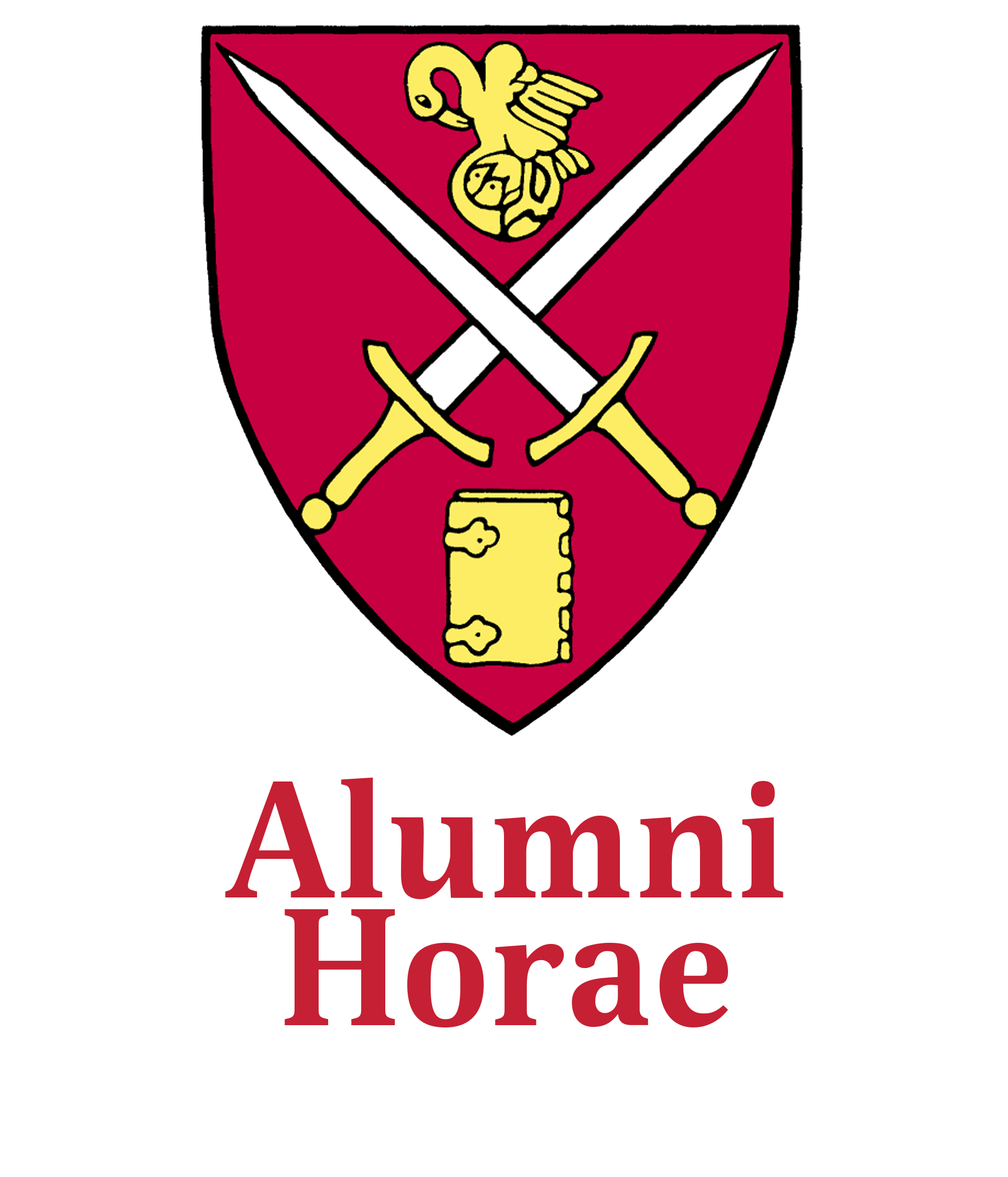SPS Today: Addressing Socioeconomic Diversity
LINC Day Ignites Deeper Conversations for Students
Above Keith Dean ’19 explains to students wealth distribution as it relates to the School population. Top right Dean asks students to take a seat under the economic bracket that best represents them.
As nine students attempted to balance on a single chair in Memorial Hall, a few seats down, one of their peers sat alone. The purpose of the exercise was to show the distribution of global wealth; each chair represented 10 percent of the world’s income. It was part of a daylong conversation on socioeconomic diversity through the School’s Living in Community (LINC) program. LINC leaders, with assistance from other students, created the day’s programming to educate the community on local and global socioeconomic experiences. At SPS, 39 percent of students receive financial aid.
“The goal is that it calls attention to the differences in our community,” said LINC Leader Angus Gruner ’19. “If we can understand, we can empathize.”
More than two dozen students took part in creating the framework for the day. Their involvement was key to having a meaningful conversation, said Vice Rector for School Life Theresa Ferns ’84. While the media covers social justice issues such as race and mental health, students say discussing class remains taboo.
“There is a stigma in talking about your socioeconomic background,” said Patrick Uket ’20, who helped collect data for the day. “We addressed it to make people comfortable.”
Gruner and fellow LINC leader David Roselle ’19 created a video to illustrate wealth distribution in the United States as it relates to the School population. Shown from an aerial view, students lined up on the snowy walkway outside the Lindsay Center for Mathematics and Science to demonstrate a comparative view of annual income. Each person represented a percentage of wealth within six different income brackets, ranging from $0 to $50,000 all the way to $250,000 or more. The U.S. data showed a cluster in the $0 to $50,000 field, with the groupings
tapering as the income climbed. When it came to SPS, the pendulum swung the other way. The large group shifted to the $250,000 marker, with a smaller percentage remaining in the lower brackets.
“A lot of people may be in an echo chamber for what is normal,” said Gruner. Student organizers gauged the community’s perceived understanding of socioeconomic diversity at the School. Through anonymous surveys, community members shared personal experiences about how their socioeconomic status determines their ability to take part in social activities and the pressures they feel to conceal their backgrounds. In one survey, participants responded that they believed only 21 to 40 percent of students felt uncomfortable due to their status, but in reality, 51.1 percent reported feeling a degree of discomfort. Another poll examined the pressure to wear specific brands of clothing; 58.6 percent of students responded they felt a stigma or obsession surrounding designer brands. In subsequent peer-led group discussions, students opened a dialogue to stimulate change.
“We were amazed by how everyone spoke honestly from their experiences,” said LINC leader Haley Fuller ’18. “[LINC] has created a lot of discussions. It’s important to know we are having these conversations. It provides a chance for deeper understanding.”


